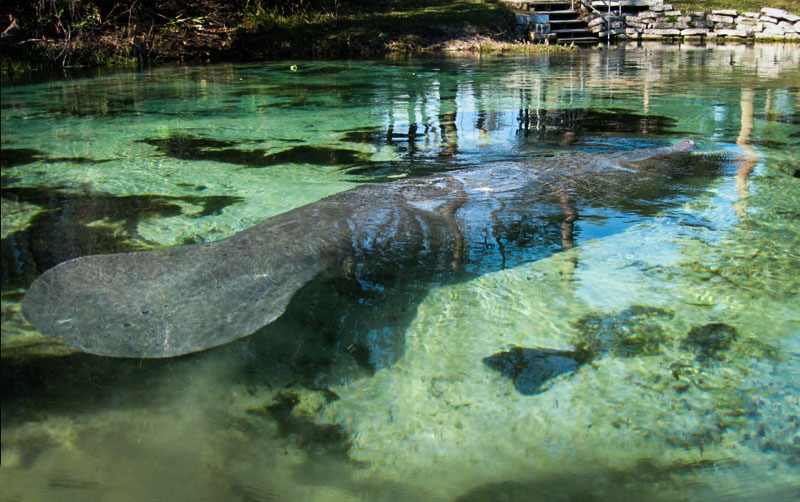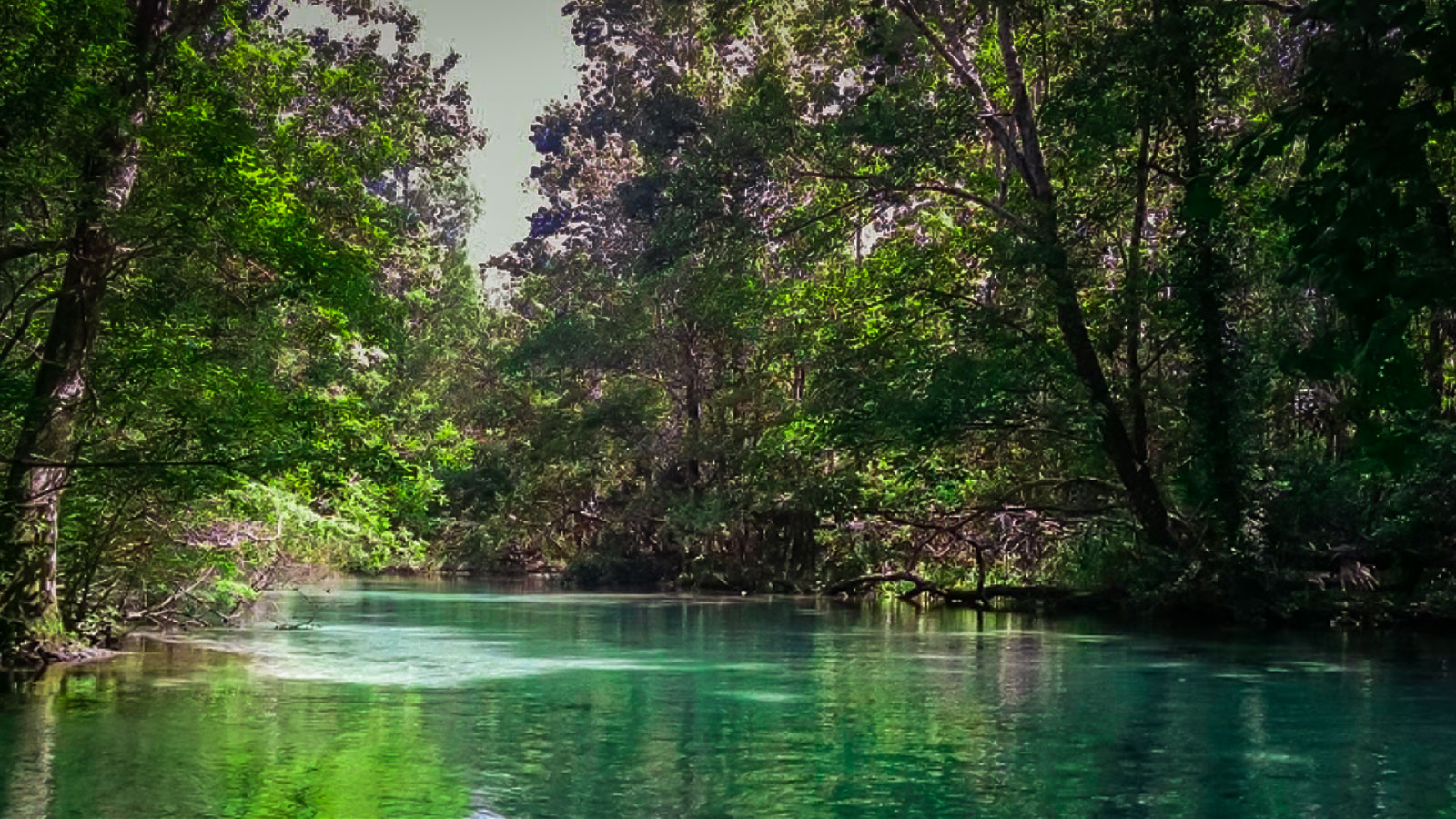Rules of The River
- No Alcohol or Glass on the River
- Well behaved, leashed pets are welcome
- Do not harass the wildlife. This is their home, you are a guest.
- DO NOT LITTER. Collect all your trash. Bags are available.
Manatees are an endangered species and protected by the U.S. Fish and Wildlife Service
*** Violation of these rules is punishable by law ***
- Do not feed or water Manatees.
- Never chase a manatee. They are curious by nature and will come to you if they want interaction.
- No excessive noise and splashing when swimming with the manatees.
- Give manatees space to move. Do not isolate or single out an individual manatee from its group, and never separate a cow and her calf.
- Do not ride, climb or grab fins & tails.
- When attempting to watch manatees. Quietly watch them and avoid stirring up the bottom.
- Never interrupt a sleeping or feeding manatee.
History of The Weeki Wachee River
Located in Hernando County, Florida. The Weeki Wachee River flows 7.4 miles (11.9 km)[1] westwards from Weeki Wachee to the Gulf of Mexico at the Weeki Wachee estuary. The name is derived from the Seminole: uekiwv /oykéywa, wi:-/ “spring” and -uce /-oci/ “small”, signifying either a small spring or an offshoot of a town named Spring. The river is best known for its spring, and the Weeki Wachee Springs attraction built on the premises.
The spring is the surfacing point of an underground river, which is the deepest naturally occurring spring in the United States. It measures about 150 feet (46 m) wide and 250 feet (76 m) long, and daily water averages 170 million gallons (644 million liters). The water temperature is a steady 72°F year-round.
(credit Wikipedia)

